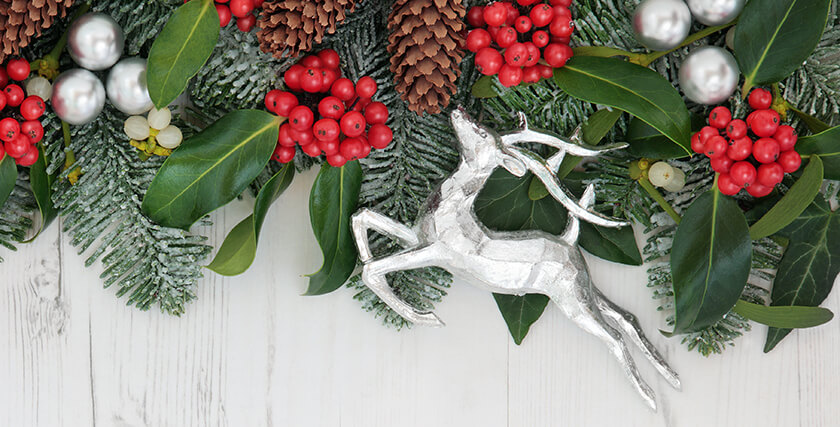Green is one of the key colours of Christmas. This is not just because of the traditional Christmas tree. But due to a whole wealth of evergreen plants that take their place in the home over the festive winter period. However, before you pick out which pieces you will add to your Christmas decor this year, why not find out some more about the history and meaning behind festive greenery like holly, ivy and mistletoe decorations?
Holly
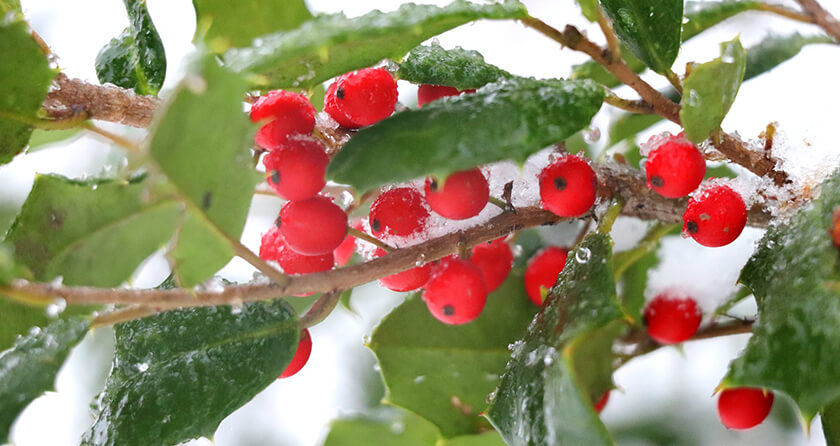
As with many Christmas traditions, the connection between holly and the festivities at this time of the year goes back further than Christianity. In fact, holly was seen as particularly important across various pagan cultures. Not only the Celts, but also the Druids and the Romans would bring evergreens into their homes during the winter. These plants have the ability to keep their rich and vivid dark green leaves and bright red berries even through the darkest of winters. This was perceived in pagan cultures as a sign of a special power.
A Reminder of Spring
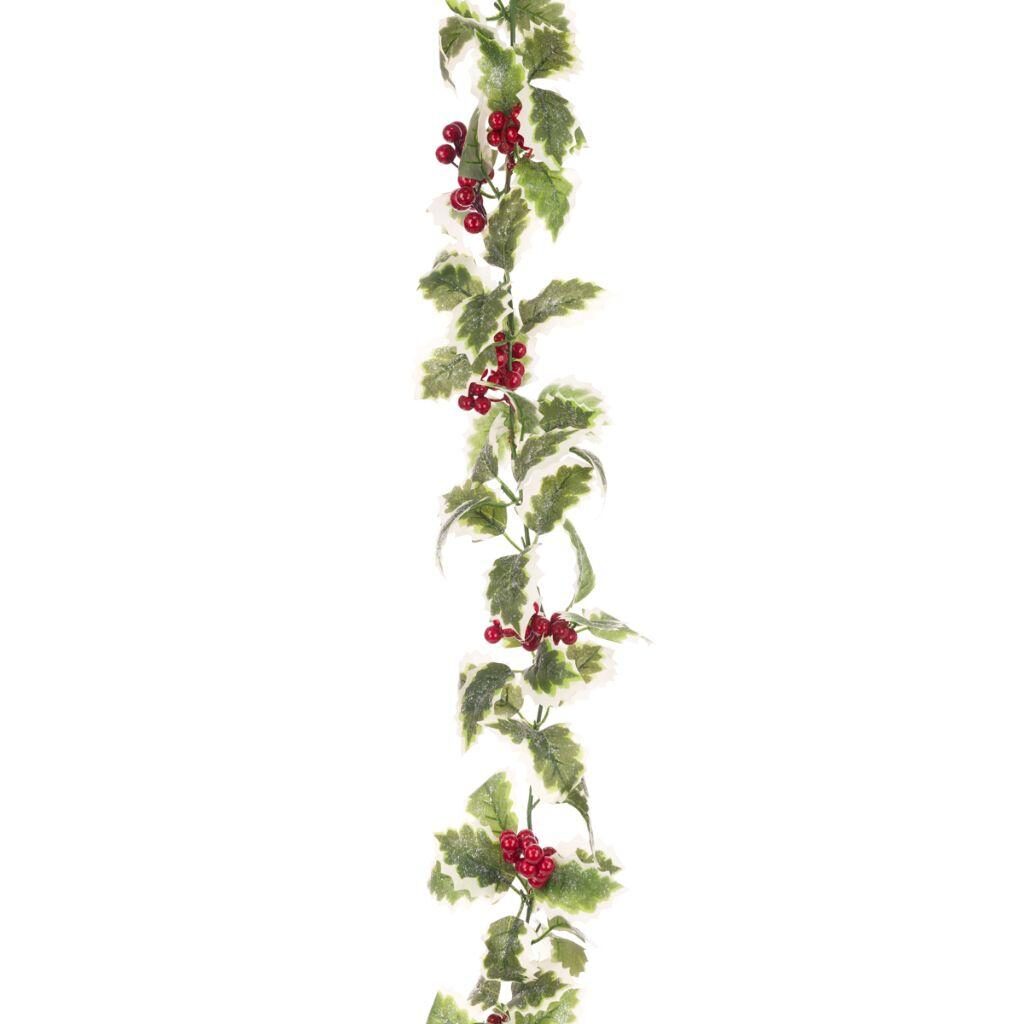
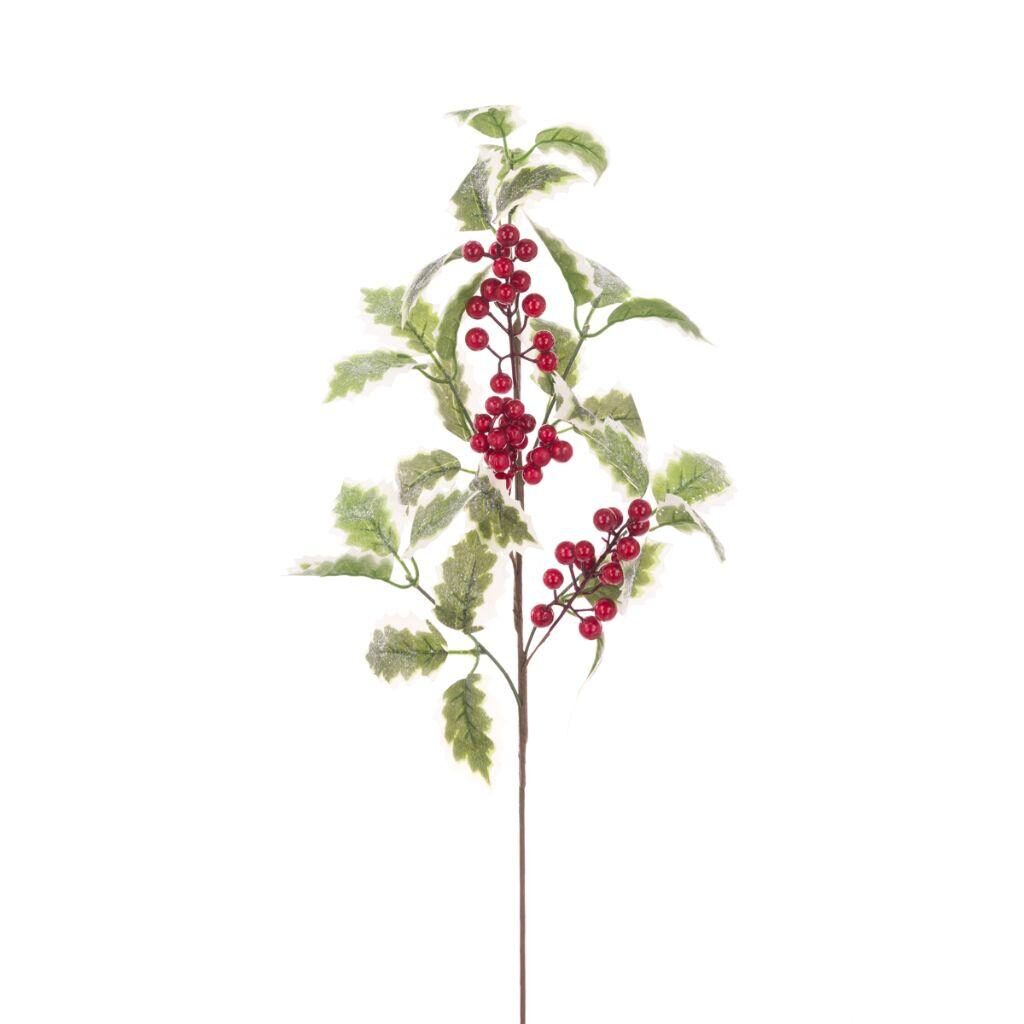
Families thought that having holly in the home would help them get through the winter months. The green of the holly served as a reminder of and a guide towards the spring. Considering that this was a time when societies lived off the land, it is easy to see why the winter, with its lack of sun, was seen as a difficult time. The difficulty of growing produce over these dark, cold months, was in a way symbolically combatted by bringing the fresh green holly leaves into the home. Holly, in this regard, gave people a boost of spirit in the winter, just when they needed it most.
Christ’s Crown of Thorns
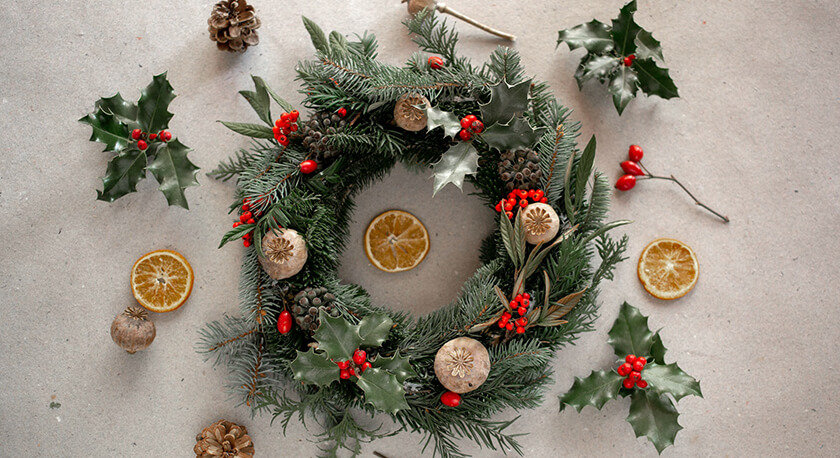
So, before the Christian tradition developed, there already was a rich tradition linking holly and winter decorations. It then took on a great symbolic depth in the Christian tradition, as holly began to be thought of as representative of Christ’s crown of thorns. The crimson berries were a symbol of his blood. The evergreen colour was a metaphor for life after death. With over 200 varieties of native holly in the UK, it should not be a surprise that the winter tradition took root – if you will allow the pun! From these specific symbolic associations, holly has become now synonymous with Christmas in the UK. You’ll see its shiny dark green leaves and bright berries in wreaths and garlands all over the land.
Ivy
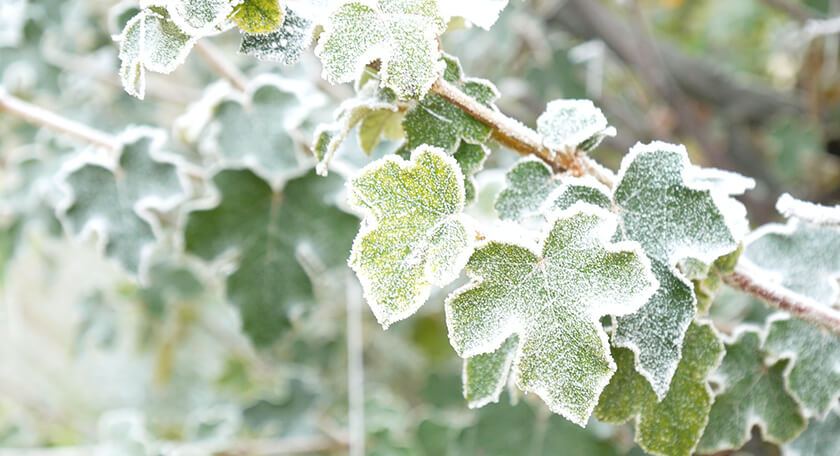
If you are familiar with your Christmas carols, then you will know about the classic carol ‘The Holly and the Ivy’. Where does ivy come into the festive picture? We have already learned about the reasons behind holly having symbolic value for pagan culture. There are indeed similar reasons behind ivy’s place in winter festivities before the Christian era. That essential trait of being evergreen made ivy of keen interest to various pagan cultures.
Eternal Life, Rebirth, Wine & Revelry
Again, its ability to grow and show off its rich green leaves all through the dark winter made it a sign of vigorous life. For this reason, there is even evidence that ivy wreaths and garlands were made as winter decorations in pagan cultures. Holly and ivy were even sometimes burned together in the summer too. This was as part of a pagan May Day festival called Beltane. In Ancient Rome, ivy was not just associated with eternal life and rebirth. But also with Bacchus, the god of wine and revelry, also known as Dionysus in Ancient Greek mythology.
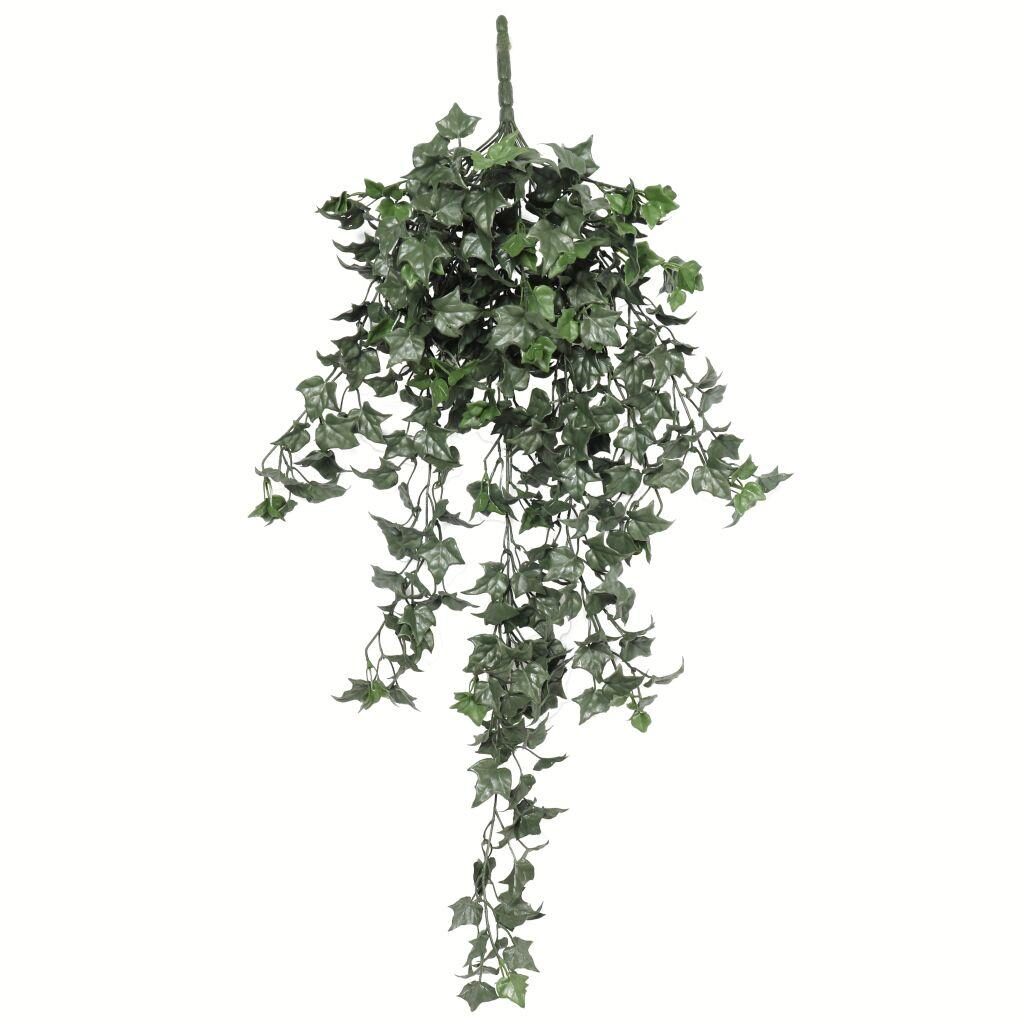
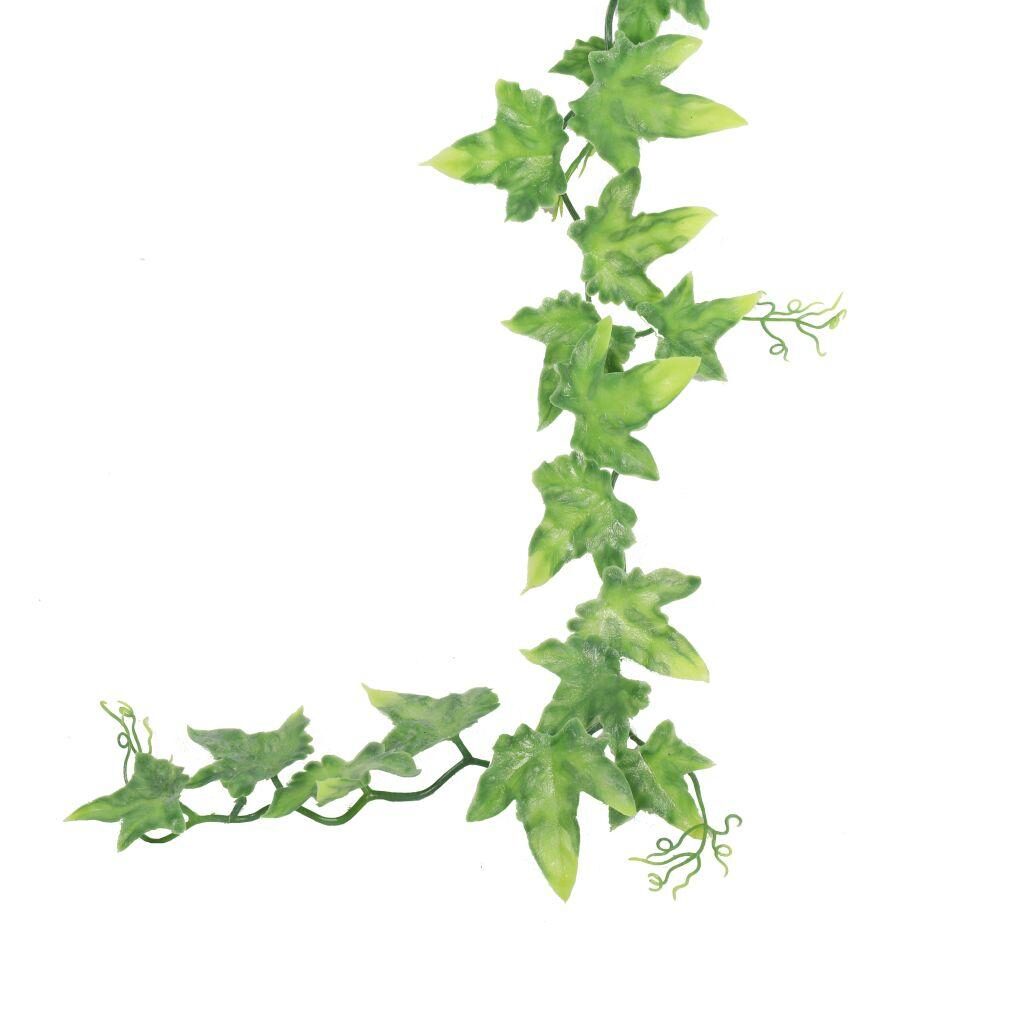
Festive Greenery Rejected By Christians
Interestingly, as time passed and we move from pagan into Christian society, ivy saw a period of being rejected from homes and churches. Its ability to grow inside was interpreted as a sign of abnormality. This strange plant which could grow in darkness and even grow up walls came to be associated with sin, secrecy and, perhaps as a result of its Dionysian associations, debauchery.
However, over time, the religious authorities accepted the custom of decorating with both holly and ivy. This takes us up to the modern era, when holly and ivy together call to mind not only a beautiful carol but all things Christmas. You can see these symbols on many Christmas cards, gift wrap and throughout festive decorations.
Mistletoe
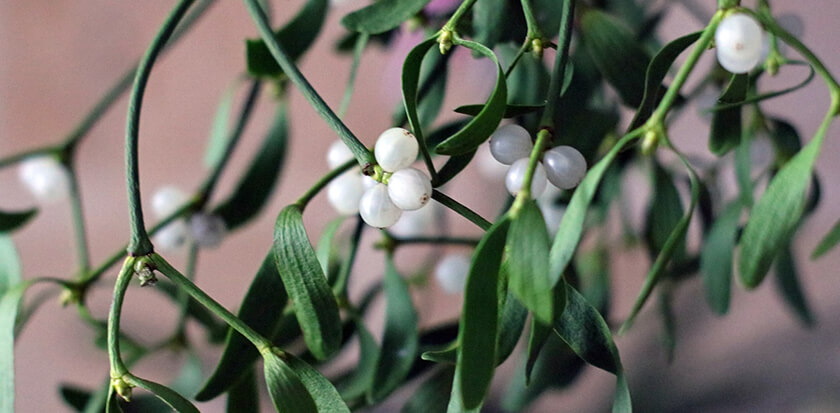
As with all these other cases of winter evergreen, there is indeed an ancient history to mistletoe’s place in the festive celebrations. Most historians today agree that the pagan root of mistletoe being used in winter rituals goes back to the 1st century A.D.
Sign of Vivacity & Fertility, Love & Peace
The people who used mistletoe then were the Celtic Druids who were living in what is now Ireland and Scotland. Once again, the fact that this plant was blooming all over trees during the harshest of winters made the Druids see mistletoe as a sign of vivacity and fertility. Adding to this, we can see in Norse culture, the mistletoe plant was considered a sign of love and peace. This sense of love and peace comes from a specific story in Norse mythology.
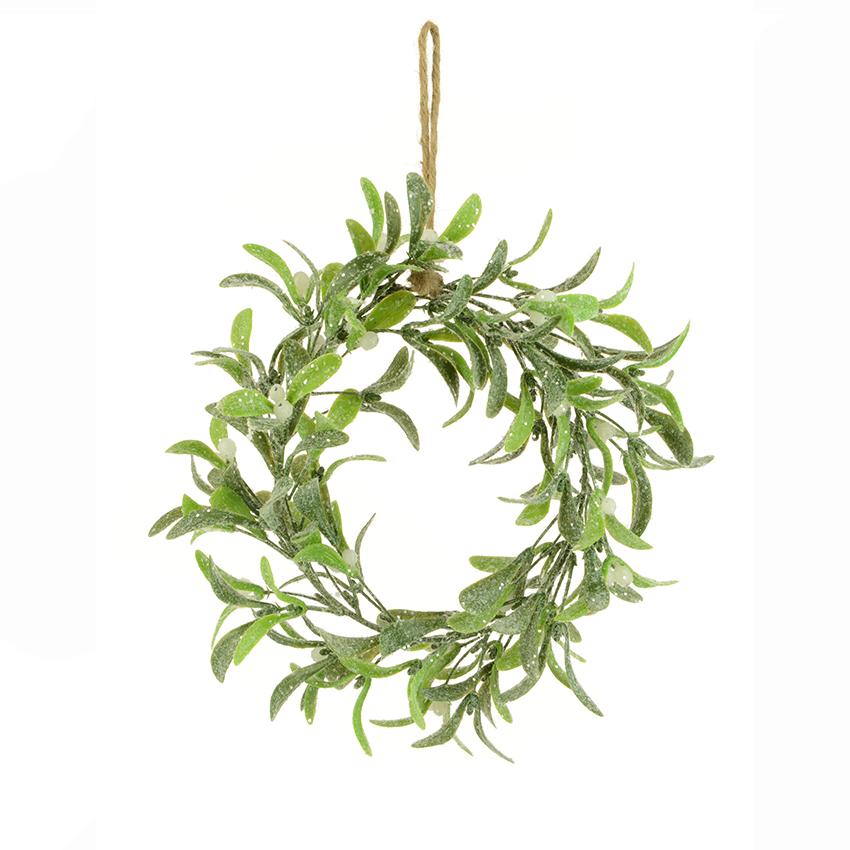
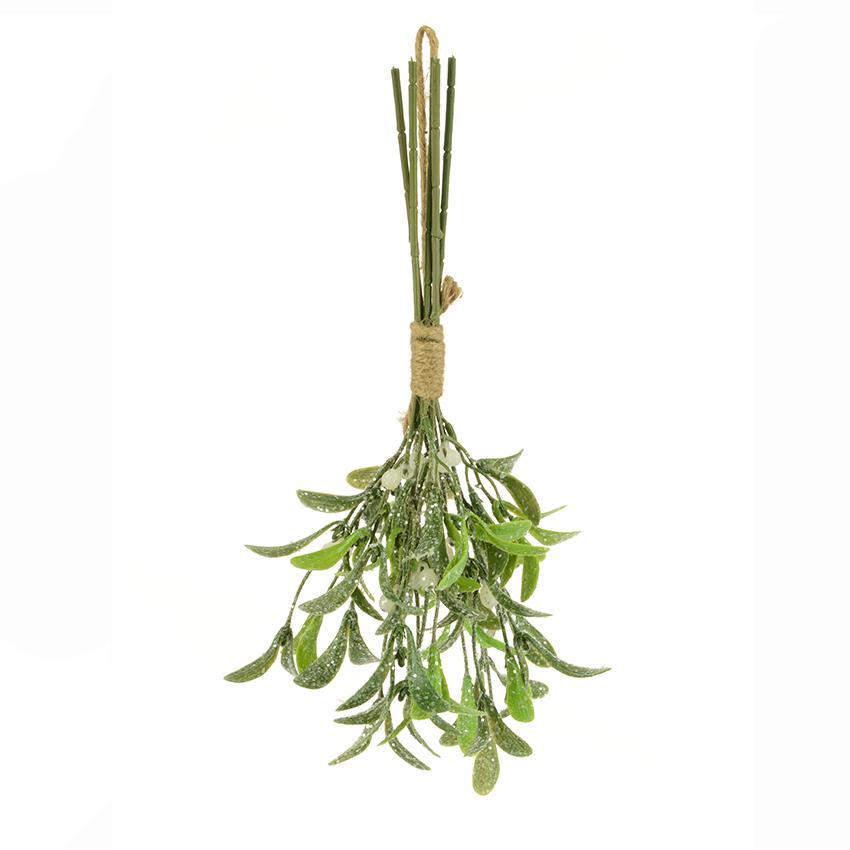
A goddess called Frigg lost her son, the god Baldur, to an arrow which was made of mistletoe. After Baldur died, as a way of stopping such violence and loss from happening again, Frigg vowed that she would grant a kiss to all those who passed beneath mistletoe. In this way, Frigg was encouraging people no longer to use plants to craft weapons. But instead to celebrate them in a more peaceful and loving light.
Expanded on by Victorians
So, we can see that there are various ways in which mistletoe brought associations of winter luck and winter love. Today, we might think of mistletoe as having a more romantic association. Like the one that relates to the Norse story. In the UK, the specific idea of kissing under the mistletoe at Christmas developed in the 1700s. As with many Christmas traditions, it was then expanded and made more popular in the Victorian period.
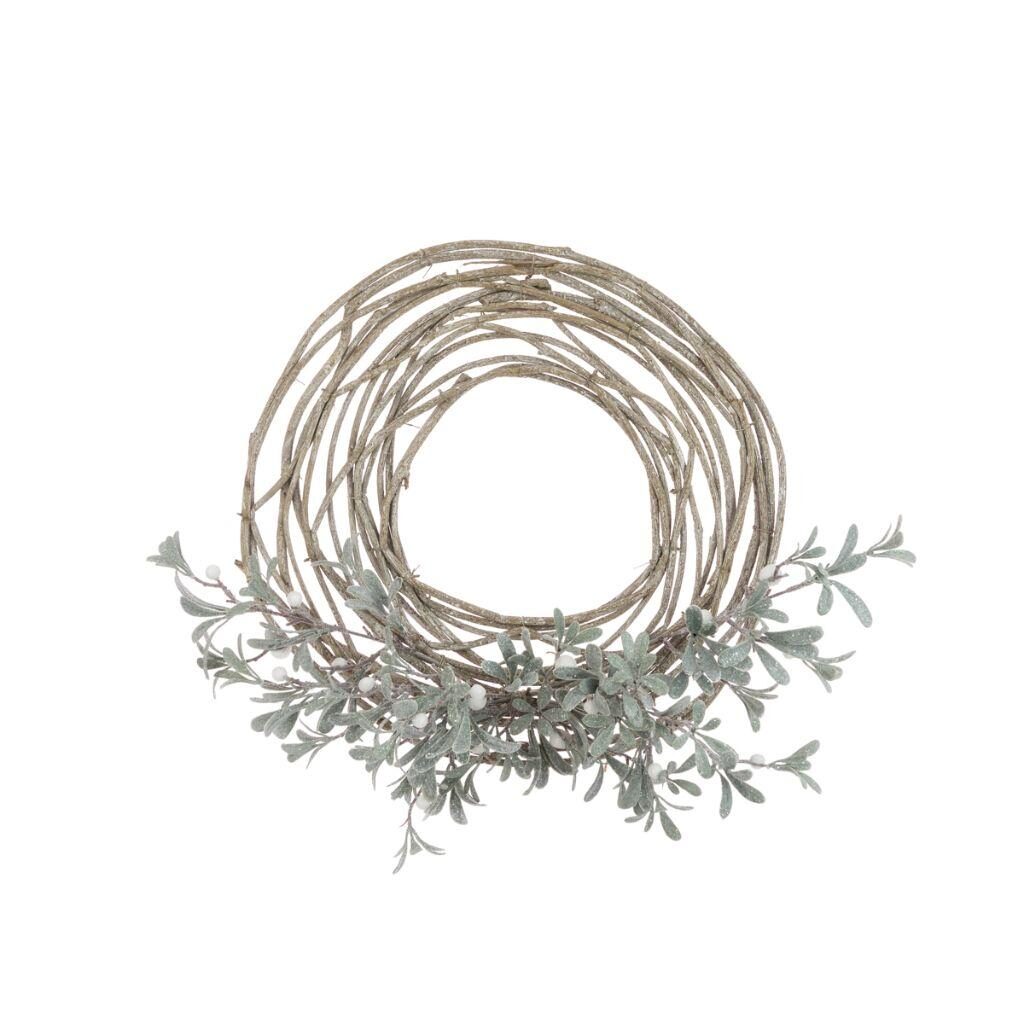
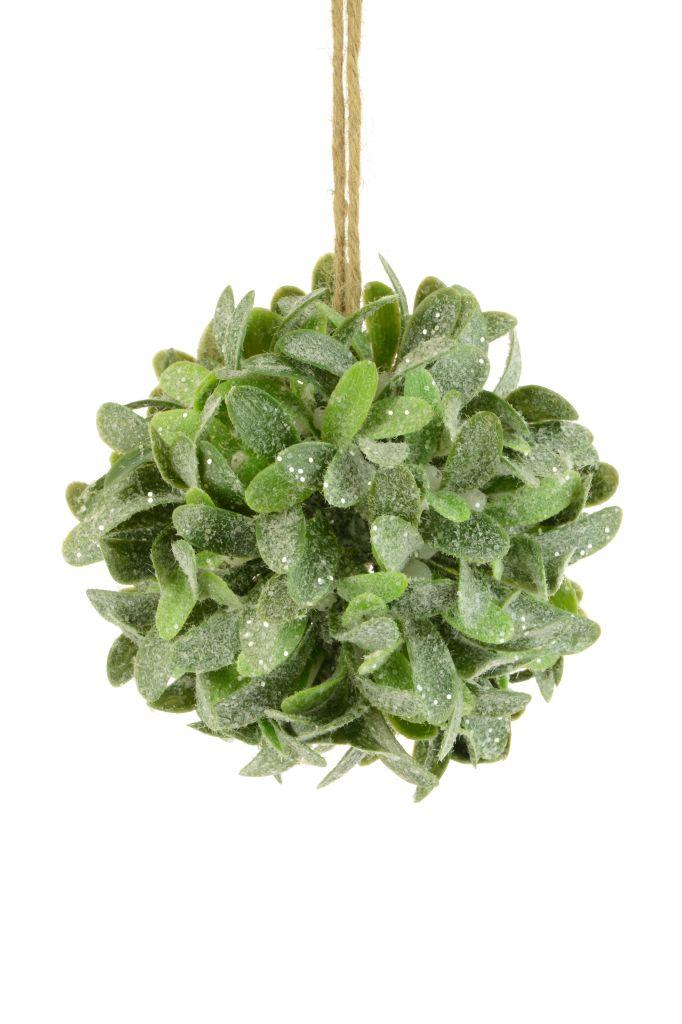
Natural or Artificial Festive Greenery?
We love the effect that these touches of rich, vivid festive greenery have on the decorations at this time of the year. Try adding holly with red berries to your wreath as a classic ‘crown of thorns’ reference. Wrap ivy around banisters or pillars for that living climbing effect. Include mistletoe with white berries for a magical touch in your centrepieces at a Christmas event. Plus, these days, you don’t need to use natural plants which only remain healthy and green for a limited period of time once they are cut. You can pick up some faux greenery that you can use year after year. We make sure to have lots of high-quality realistic artificial greenery for the festive period.

